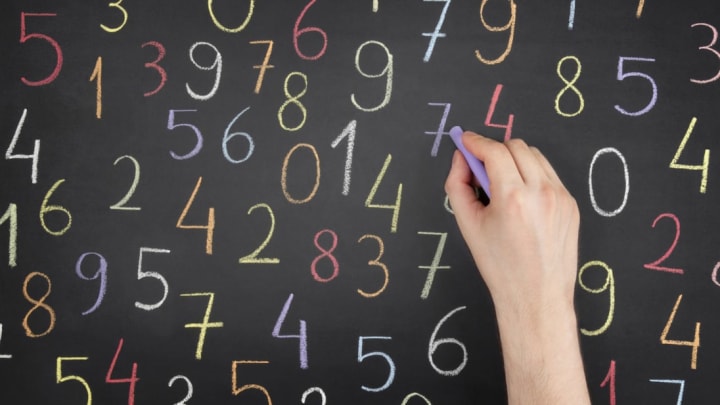The literature world has seen more than its share of controversy. The best stories tend to provoke the strongest reactions—both positive and negative—in readers, which is why so many classic books have been banned at one point or another. But even a more objective field like math isn’t immune to conflict. In its new video, TED-Ed rounds up the numbers that caused such a stir when they were introduced that they were banned in math circles.
One of the earliest examples comes from ancient Greece. A mathematician named Hippasus was having trouble solving certain equations with fractions and whole numbers alone, so he came up with irrational numbers to make these values easier to express. The ruling school of thought at the time dictated that everything in nature could be explained elegantly with the numbers that already existed. Threatened by Hippasus’s new notion, his fellow mathematicians rejected the irrational numbers and had him exiled.
Other numbers have been banned for legal reasons. When Arab traders brought their positional number system, which included zero, to Italy in the Middle Ages, Florence banned it from record-keeping fearing that they would be easier to forge than Roman numerals. The Arabic way of counting also led to the rise of negative numbers, which were regarded with disdain by many experts into the 19th century. For more banned numbers, including some that are prohibited today, check out the full story below.
[h/t TED-Ed]
